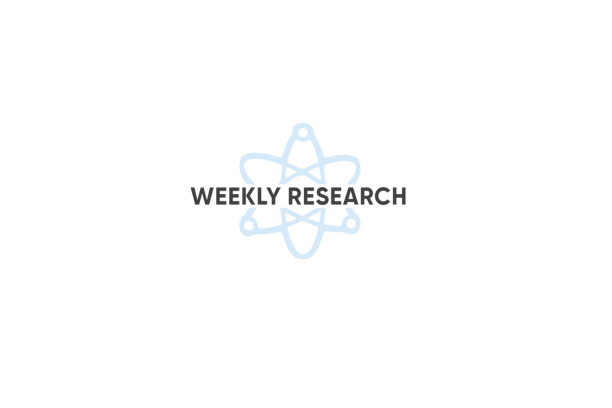High blood pressure, or hypertension, is one of the leading risk factors for stroke and cardiovascular disease. Managing hypertension is vital but often challenging in communities that face systemic barriers to care. Remote blood pressure (BP) monitoring offers a promising way to bridge this gap.
This article discusses how remote BP monitoring, combined with comprehensive nurse support, can significantly improve health outcomes for these populations.
Remote BP Monitoring Lowers Blood Pressure in Stroke Survivors
A landmark study by NYU Langone researchers found that remote blood pressure monitoring, when paired with nurse-led counseling, significantly reduced hypertension among stroke survivors from historically underserved populations.
The study focused on 450 individuals, most of whom were from low-income backgrounds and identified as Black or Hispanic. Despite being on hypertension treatment, all participants had uncontrolled blood pressure following a stroke.
They were given remote BP monitoring devices and asked to submit 12 readings per week over the course of a year. BP readings were automatically transmitted to a physician portal. When readings fell outside of a safe range, clinicians followed up with patients directly.
One group received standard remote BP monitoring only. The other 224 participants received additional support through 20 telephonic counseling sessions from RPM nurse managers over 12 months.
Study Results
At the end of 12 months, the group receiving only remote BP monitoring had their systolic blood pressure reduced by 5.8 mmHg on average. The group that received nurse case management along with home monitoring saw a much larger average reduction (2.5x) in systolic blood pressure of 15.1 mmHg.
This difference was statistically significant. The group that received nurse case management saw a 2.5 times greater decline in systolic blood pressure compared to the group that only used remote BP monitoring. This outcome was statistically significant and illustrates the value of pairing technology with personalized support.
Supporting Health Equity Through Connected Care
The study reinforces how tailored remote care models can help address long-standing health disparities. Communities that have been historically underserved due to factors such as income, location, and systemic bias often face greater risks of hypertension and stroke. They also face greater barriers to consistent care.
By bringing remote BP monitoring and nurse-guided education into the home, patients received not just data, but also guidance. Nurses helped participants overcome practical hurdles, such as medication adherence, diet changes, and recognizing stroke symptoms. This model of care can build trust, support behavior change, and give people the tools to manage their health more effectively, right where they live.
Overcoming Barriers with Remote Patient Monitoring
Although the remote BP monitoring study did not find a statistically significant difference in stroke recurrence between the groups over two years, the authors noted that more time is needed to evaluate long-term outcomes. Still, the blood pressure improvements alone are significant. Lowering hypertension reduces the risk of future strokes and heart disease and can be a critical first step in closing care gaps.
As telehealth evolves, enhanced remote monitoring programs like this can play a central role in making preventive care more accessible and equitable—especially for those who’ve traditionally been left behind by the healthcare system.
Tenovi and Remote BP Monitoring
Tenovi offers easy-to-use, clinically validated blood pressure monitors along with a connected RPM platform that streamlines care team workflows and supports patient engagement. Our devices transmit data automatically, no syncing, apps, or Wi-Fi required. You can schedule a free demo and get ready to meet a better RPM experience with Tenovi.


